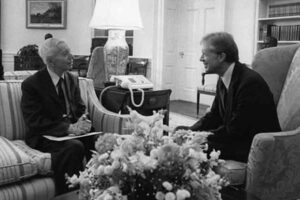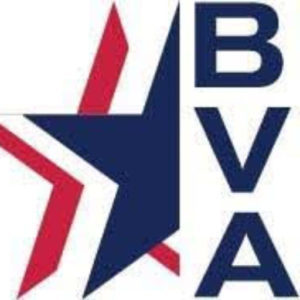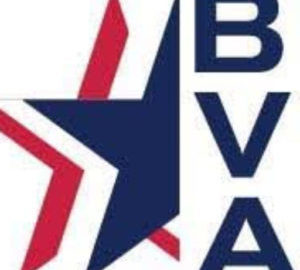
The passing this past Sunday of Jimmy Carter, 39th President of the United States, has brought to light numerous features of his early life that have been overshadowed by his life in politics. Long before becoming responsible for a Georgia peanut farm, serving as a Sunday School teacher, or entering politics, James Earl Carter, Jr. was a veteran of the U.S. military, having begun his adult life at the Naval Academy in Annapolis, Maryland.
Even before his military training, however, Carter had been influenced by his father’s service in World War I and was fascinated by his uncle’s Navy travels via postcards and trinkets sent to his family. He recounts that even before first grade he already knew he wanted to be a sailor.
Carter was known to point out frequently that he grew up poor and had no money for college. His dream of enrolling at the Academy became a reality, he said, because it was the only institution, along with the U.S. Military Academy West Point, where his education could be financed. Although he never served in combat, his military service occurred during two wars.
Because the nation was fully immersed in World War II during Carter’s time at the Academy, he learned to fly the Navy’s seaplanes. He also trained on old battleships and learned to man 40-milimeter anti-aircraft guns. He was at sea on a training cruise when he first learned about the atomic bombs that were dropped on Japan and a few days later learned of Japan’s surrender. He graduated from the Academy in 1946 and started his military career as an officer on the USS Wyoming and the USS Mississippi, testing new technologies at sea.
In 1948, Carter was transferred to New London, Connecticut, to attend an officer training school for his new Navy assignment, ultimately earning him the rank of lieutenant as a submariner for the next five years.
In a 1975 autobiography just prior to his election as President, he described his military service (1948-53) as one of the most interesting and enjoyable periods of his life. That period also included a stint in Hawaii with the crew of the USS Pomfret. It also included his help in the development of the K-1 submarine, one of the Navy’s first new ships after the end of World War II. His knowledge allowed him to become qualified to command one of his own.
Equally noteworthy is Carter’s work in training enlisted service members in nuclear reactor and propulsion operations while the power plants for the first nuclear sub, USS Nautilus, and the second, USS Seawolf, were being constructed. His skill and knowledge were such that he and his team were called on to save Canada’s Chalk River nuclear reactor during a malfunction.
The renowned Admiral Hyman Rickover, known as the “Father of the Nuclear Navy,” oversaw the nuclear submarine program of which Carter was a significant part. The latter said and wrote extensively about Rickover having a more profound impact on his life than anyone except his parents. In 1980, Carter awarded Rickover the Presidential Medal of Freedom and invited him for a visit to the White House.
Although the death of Carter’s father in 1953 required him to leave the military and take over the peanut business, he remained in the Naval Reserve until 1961.


